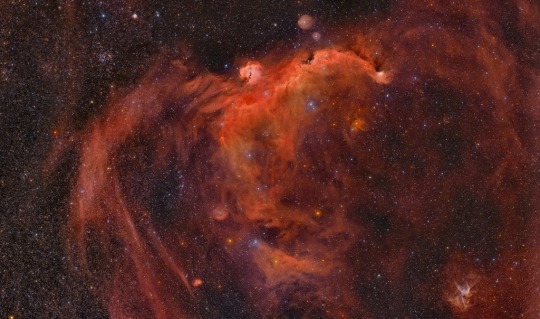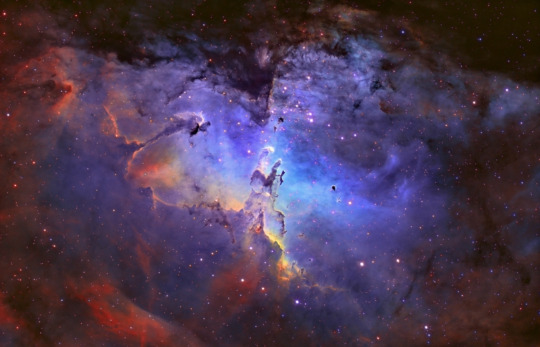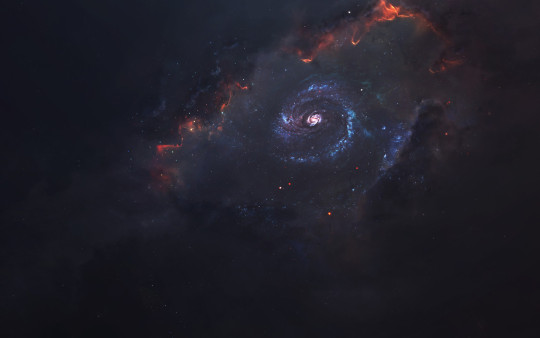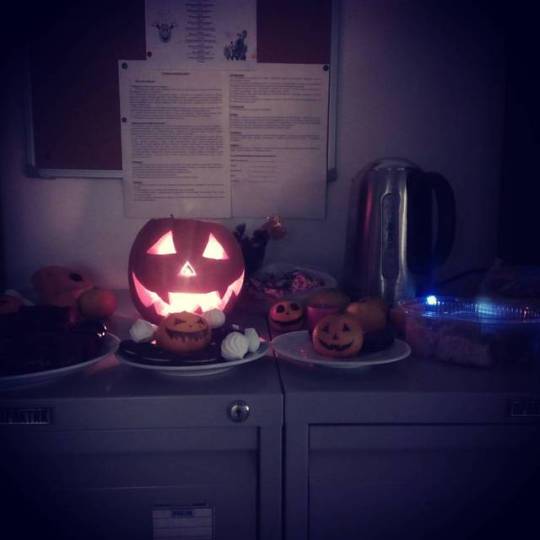Photo
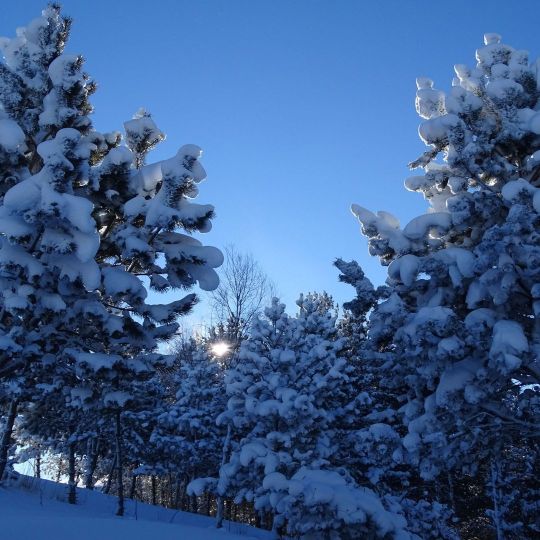
⭐ Приглашаем вас принять участие в Астрономическом туре выходного дня с 3 по 5 декабря. Что мы увидим в декабрьском Астротуре? ✨ С наступлением сумерек в западной части неба мы увидим планету Венеру, которая будет самая яркая на небе. Наблюдая её в телескоп, мы увидим «половинку» планеты. ✨ Спустя полчаса, на небе станут хорошо заметны планеты-гиганты Юпитер и Сатурн. В телескоп мы пронаблюдаем полосы в атмосфере Юпитера и кольца у Сатурна. ✨ Когда совсем стемнеет, начнётся самое интересное – наблюдение самых далёких от Земли в нашей Солнечной системе, планет Урана и Нептуна, которые уже не видны без телескопа! ✨ Затем мы пронаблюдаем объекты глубокого космоса: звёздные скопления, туманности и галактики. Так же мы увидим самое красивое созвездие зимнего неба – Орион, с его знаменитой Большой Туманностью Ориона. ✨ Ближе к полуночи взойдёт серп Луны. 🌜 А с самыми стойкими из вас, мы пронаблюдаем комету Леонарда 🌠 и планету Марс, которые будут восходить незадолго перед наступлением утренней зари. ✨ Всё это мы будем фотографировать через телескоп на ваши смартфоны и фотоаппараты! 🔭📷 ✨ Днём интересные рассказы о Вселенной и наблюдения Солнца. ☀️ ⛅ Конечно, в обсерватории тоже бывает пасмурно и от этого никто не застрахован, но ясная погода здесь бывает чаще чем внизу. Даже если вдруг небо затянет облаками, то через час другой может уже проясниться. ✨ В любом случае ваш отдых будет уникальным и незабываемым! ✨ (at Нижний Архыз) https://www.instagram.com/p/CWbbTXZNIJx/?utm_medium=tumblr
0 notes
Text
60 лет NASA
Юбилей @NASA . В США 60 лет назад, 1 Октября 1958 года, начало деятельности ведомства "Национа́льное управление по аэрона́втике и иссле́дованию косми́ческого простра́нства".
0 notes
Photo

Nebula Images: http://nebulaimages.com/
Astronomy articles: http://astronomyisawesome.com/
#astronomy #apod #space #nasa
474 notes
·
View notes
Photo

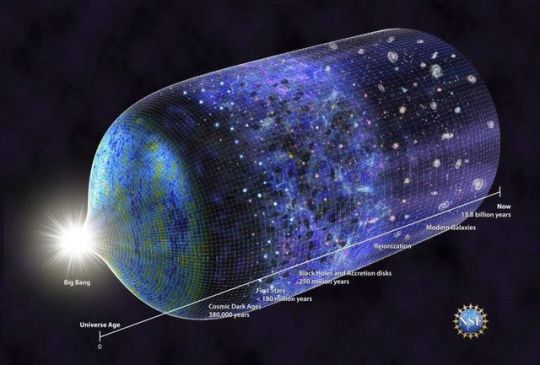
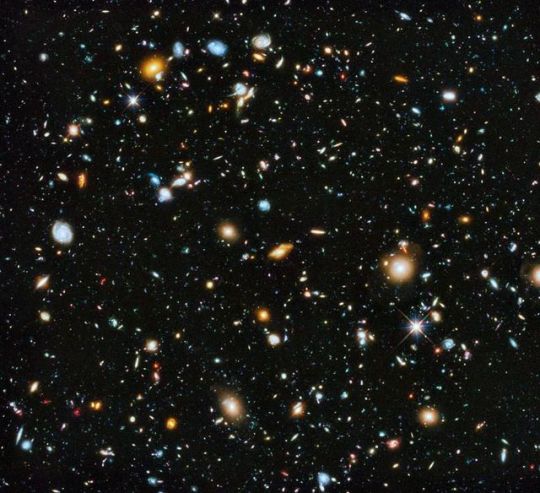





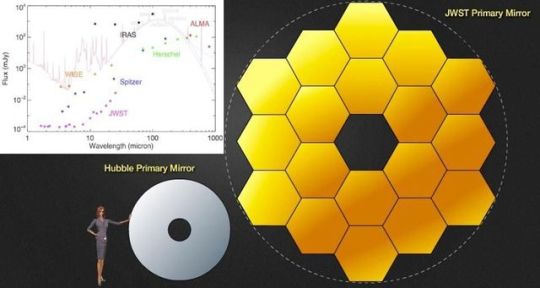

When Will We Break The Record For Most Distant Galaxy Ever Discovered?
“Finally, beyond a certain distance, the Universe hasn’t formed enough stars to reionize space and make it 100% transparent. We only perceive galaxies in a few serendipitous directions, where copious star-formation occurred. In 2016, we fortuitously discovered GN-z11 at a redshift of 11.1: from 13.4 billion years ago. But recent, indirect evidence suggests stars formed at even greater redshifts and earlier times.“
It was only a couple of years ago that we set the current record for where the most distant galaxy is: from 13.4 billion years ago, when the Universe was just 3% its current age. This record is unlikely to be broken with our current set of observatories, as discovering a galaxy this distant required a whole bunch of unlikely, serendipitous phenomena to line up at once. But in 2020, the James Webb Space Telescope will launch: an observatory optimized for finding exactly the kinds of galaxy that push past the limits of what Hubble can do. We fully expect to not only break the record for most distant galaxy ever discovered, but to learn, for the first time, exactly where and when the first galaxies in the Universe truly formed.
Until then, it’s lots of fun to speculate as to when and where they might be, but it will take the observations of a lifetime to smash this cosmic record!
133 notes
·
View notes
Text
5 things that may surprise you about the Moon
…In honor of International Observe the Moon Night
October 28th is International Observe the Moon Night, a worldwide, public celebration of lunar science and exploration held annually since 2010 thanks to our Lunar Reconnaissance Orbiter (LRO) mission team and partners. One day each year, everyone on Earth is invited to observe and learn about the Moon together, and to celebrate the cultural and personal connections we all have with our planet’s nearest neighbor.

Here are 5 things that might surprise you about the Moon.
1. There has been a spacecraft there for 100 lunar days

In October 2017, LRO celebrates one hundred days of collecting scientific data at the Moon. One hundred Moon days. From our perspective on Earth, one lunar day is one full phase cycle, or about 29.5 Earth days. That’s 100 opportunities to observe changes from night to day, photograph the surface at different Sun angles, measure rising and falling temperatures, study the way certain chemicals react to the daily light and temperature cycle, and increase our understanding of the Moon as a dynamic place.
2. You can still see the paths left by Apollo astronauts’ boot prints and rovers

Much of the lunar surface is covered in very fine dust. When Apollo astronauts landed on the Moon, the descent stage engine disturbed the dust and produced a distinct bright halo around the lunar module. As astronauts moved around, their tracks exposed the darker soil underneath, creating distinct trails that we know, thanks to LRO, are still visible today. The Moon has no atmosphere, so there is no wind to wipe away these tracks.
3. The Moon has tattoos!
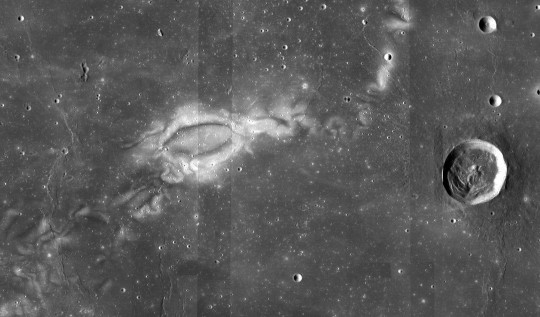
Observations from LRO show mysterious patterns of light and dark that are unique to the Moon. These lunar swirls look painted on, like the Moon got ‘inked.’ Lunar swirls, like these imaged at Reiner Gamma by LRO, are found at more than 100 locations across the lunar surface. Lunar swirls can be tens of miles across and appear in groups or as isolated features.
Researchers think these patterns form in places where there’s still a remnant of the Moon’s magnetic field. There are still many competing theories about how swirls form, but the primary idea is that the local magnetic field deflects the energetic particles in the solar wind, so there’s not as much weathering of the surface. The magnetically shielded areas would then look brighter than everything around them.
4. There were once active volcanoes, that shaped what we see now

Early astronomers named the large dark spots that we see on the near side of the Moon “maria,” Latin for “seas,” because that’s what they thought they were. We now know that the dark spots are cooled lava, called basalt, formed from ancient volcanic eruptions. The Moon’s volcanoes are no longer active, but their past shapes the Moon that we see today. The Moon doesn’t have large volcanoes like ones in Hawaii, but it does have smaller cones and domes.
Other small features derived from volcanic activity include rivers of dried lava flows, like the ones visible in this image of Vallis Schroteri taken by LRO, and dark areas formed from eruptive volcanoes that spewed fire. For many years, scientists thought the Moon’s volcanic activity died out long ago, but there’s some evidence for relatively “young” volcanism, suggesting that the activity gradually slowed down instead of stopping abruptly.
5. Anyone, anywhere can participate in International Observe the Moon Night.

How to celebrate International Observe the Moon Night
Attend an event – See where events are happening near you by visiting http://observethemoonnight.org
Host an event – Call up your neighbors and friends and head outdoors – no special equipment is needed. Let us know how you celebrated by registering your event!
Don’t let cloudy weather get you down! Observe the Moon in a variety of ways from the comfort of indoors – View stunning lunar vistas through images and videos, or explore the Moon on your own with QuickMap or Moon Trek
Join the worldwide conversation with #ObserveTheMoon on Twitter, Instagram and Facebook
For regular Moon-related facts, updates and science, follow @NASAMoon on Twitter
Make sure to follow us on Tumblr for your regular dose of space: http://nasa.tumblr.com.
2K notes
·
View notes


